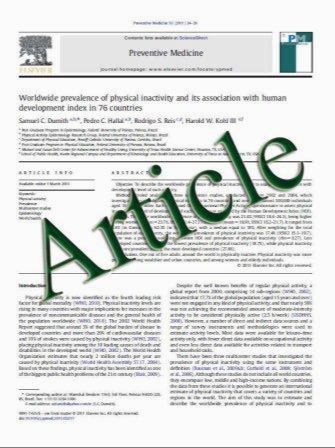Abnormal development of the enteric nervous system in rat embryos and fetuses with congenital diaphragmatic hernia
- نوع فایل : کتاب
- زبان : انگلیسی
- مؤلف : Leopoldo Mart´nez • Rosa Aras-Lo´pez • Sara Lancha • Mar´a Teresa Vallejo-Cremades • Federica Pederiva • Liu XiaoMei • Juan Antonio Tovar
- چاپ و سال / کشور: 2011
Description
Background/Aim Esophageal dilatation, gastroesophageal reflux, and intestinal obstruction have been demonstrated in CDH survivors. Abnormal esophageal and intestinal innervations were recently found in rats and babies with this disease. Our aim was to further characterize these malformations in embryos and fetal rats exposed to nitrofen. Methods Pregnant rats received either 100 mg nitrofen or vehicle onE9.5. Fetuseswere recovered at E15,E18, and E21. Sections of esophagus and small bowel were histochemically stainedwith acetylcholinesterase (AChE) and immunostained for PGP9.5. PGP9.5 gen protein were measured on E21 and PGP9.5 mRNA on E15, E18 and E21. Comparisons between groups were made with non-parametrics tests. Results Histochemistry and immunohistochemistry showed deficient innervation in all anatomical areas studied at E15, E18, and E21, andWBconfirmed this decrease inE21 fetuses. PGP9.5 messenger was decreased in nitrofen-exposed animals on E18 (esophagus) or E15 (small bowel), and increased on E21 in the esophagus and E18 in small bowel. Conclusions Development of the enteric nervous system of the esophagus, stomach, and small bowel is deficient in rat embryos and fetuses exposed to nitrofen. These anomalies could account in part for the long-term gastrointestinal morbidity observed in CDH survivors.
Pediatr Surg Int (2011) 27:165–173 DOI 10.1007/s00383-010-2788-x Published online: 11 November 2010


